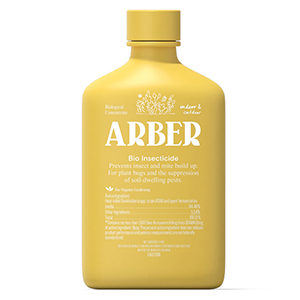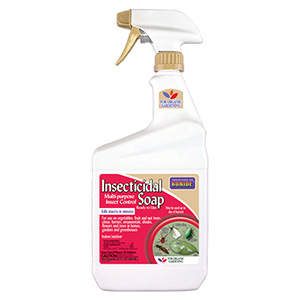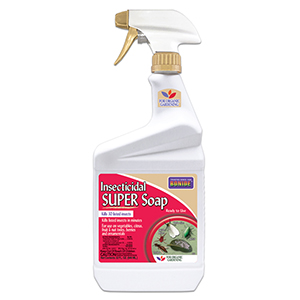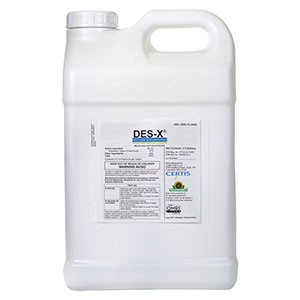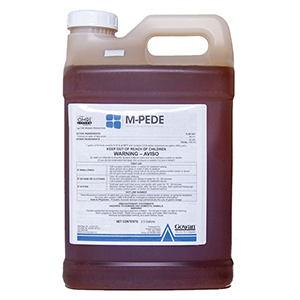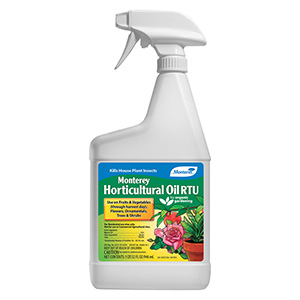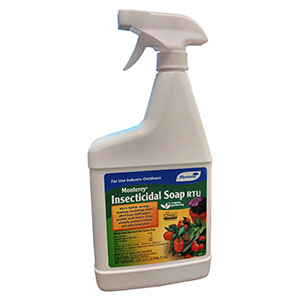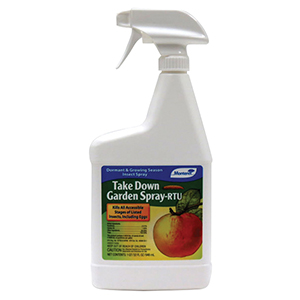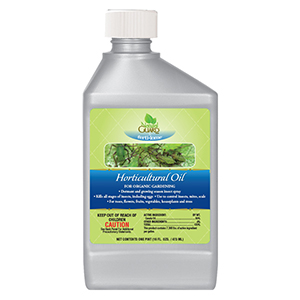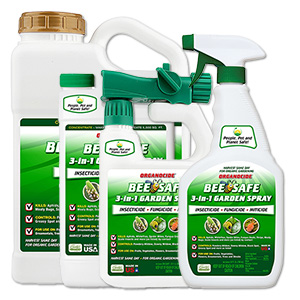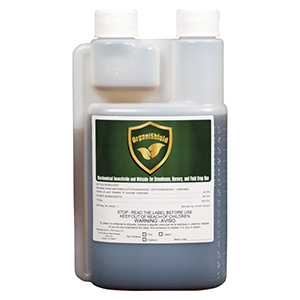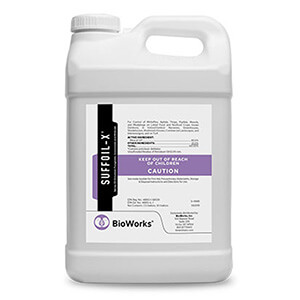Adelgids
Adelgids are small, sap-sucking true bugs that belong to the family within the insect order Hemiptera. Although they have their own family, they are closely related to aphids. At one time they were even included in the aphid family, but taxonomists have since cleared this up. For all their similarities to aphids, they have their own unique characteristics:
- Adelgids only feed on conifers, which includes spruce, hemlock, Douglas fir, larch, pine and redwood. Although aphids may appear on conifers, adelgids will not appear elsewhere.
- Adelgids only lay eggs, unlike aphids which give birth to live nymphs.
There may be other differences that scientists are still debating, but these are the two undisputed differences.
Studying and understanding adelgids has been hampered by their very nature. It is extremely hard to see and identify adelgids when they first hatch because are very small and dark and can easily hide in the conifer's bark and foliage. As they mature, they form a fuzzy white protective coating that completely covers their bodies and can easily be misidentified as wooly aphids or even fungi.
The damage done by adelgids to their hosts is usually minor and skews more to the aesthetic than the life-threatening. In other words, healthy adult trees can handle most adelgid activity (a serious infestation would be another matter). The big exception to this statement is the Hemlock Wooly Adelgid (an invasive species from Asia that's decimating hemlocks on the East Coast and in Appalachia). It's advisable to look at adelgids as part of a healthy and diverse ecosystem as opposed to looking at them as something to control for several reasons:
- The waxy coating adorning adults effectively protects them from most insecticides – particularly the less-toxic and vastly-preferable varieties.
- Control is virtually impossible on large trees in thickly forested areas as any kind of control would require inspecting, isolating and treating the whole tree. Additionally, any sprays would need to cover all parts of the foliage and tree. These tactics would naturally require a great deal of hands-on work and the possibility of cross- and re-contamination is great. These labor-intensive types of control can only be successful on small numbers in a yard or landscape.
- Some adelgid species use different host plants for specific life stages. Locating and eliminating all their hiding places is challenging at best, and unlikely to be effective.
- There are no effective treatments for adelgids in their gall stage.
- Any large-scale attempts at control would probably have little effect on a thriving adelgid population while causing a great deal of harm to the beneficial insects that prey on adelgids and the surrounding ecosystem they all live in.
Should you choose to tackle an adelgid infestation in your yard or garden, a multi-faceted approach is recommended. This includes spraying infected trees with horticultural oil and insecticidal soaps, tree injections of systemic insecticides and cultural controls. The use of insecticides geared to aphids can also be effective due to the close relationship between the two species. Bear in mind that most treatments will only work during certain life stages.
-
$23.99
-
$5.99–$11.29
-
-
$150.00–$270.00
-
$153.00–$275.40
-
$10.99–$32.49
$6.00–$32.49 -
-
$12.99–$129.99
-
$19.99
$15.00 -
$12.21–$190.26
-
$8.99–$1,029.00
$5.50–$1,029.00 -
$90.00–$710.00

